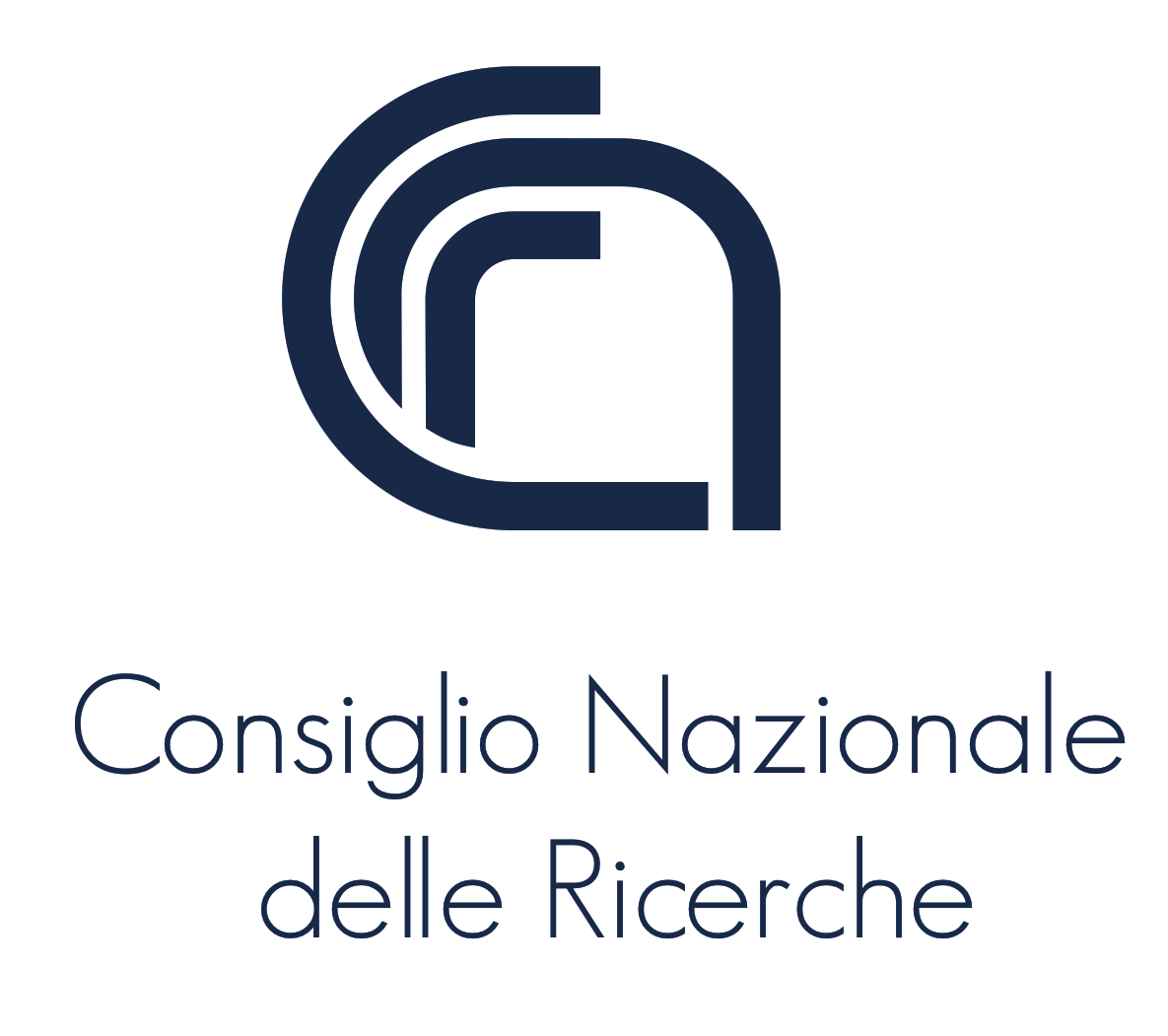Location:
Anacapri, Island of Capri, Italy
Duration:
4 June 2018 - 7 June 2018
Important Dates
Submission Timeframe: 21 February - 23 April, 2018 (Post-deadline submission open until 15 May)
Notification to authors: 30 April 2018
Publication of the Advance Programme: 3 May
Early bird registration / Author registration: 25 May
See Advance Program here.
Synopsis
The Topical Meeting will be held in the beautiful scenery of Italy, Anacapri, in the Island of Capri between 4th and 7th of June, 2018. A long list of world-renowned experts in the field of optics in complex media have been invited to speak at the event. Join them and find out the most recent research in the field.
General Chairs:
Luca Dal Negro, Boston University (USA)
Vito Mocella, Consiglio Nazionale delle Ricerche (Italy)
Topics:
- Complex electromagnetic media
- Optics of pseudo-random structures
- Aperiodic metamaterials
- Multiscale optical media and fractal optics
- Aperiodic order in Photonics
- Incommensurate structures and quasicrystals
- Aperiodic plasmonics
- Transport in aperiodic systems
- Photonic amorphous systems
- Numerical methods for waves in complex systems
- Hyperuniform optical media
- Analytical techniques in complex optics
- Wave localization in correlated aperiodic media
- Fractional transport in wave optics
|
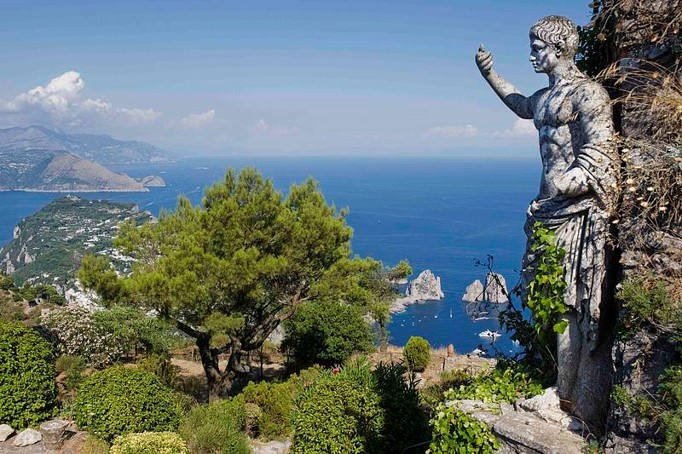
|
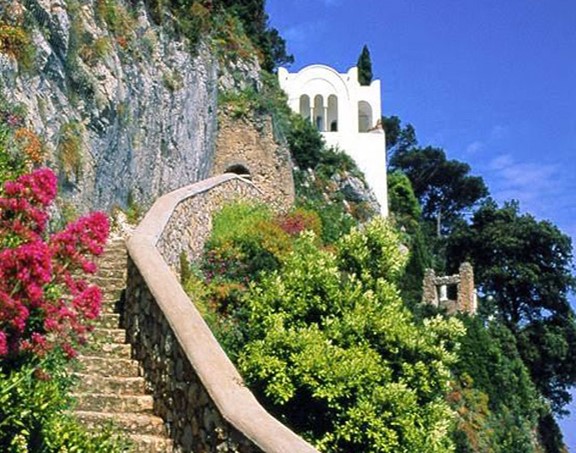
|
List of Invited Speakers
- Ad Lajendijk, University of Twente (Netherlands); Disordered media and photonic crystals
- Mark Brongersma, Stanford University (USA); Aperiodic Plasmonic Structures for Spectral Splitting and Photodetection
- Eric Akkermans, Technion Israel Institute of Technology (Israel); Topological properties of quasi-periodic tilings - From Structure to Spectrum
- Felipe Pinheiro, Universidade Federal do Rio de Janeiro, Rio de Janeiro (Brazil); Applications of the Green’s matrix method: from random to aperiodic photonic media
- Shanhui Fan, Stanford University (USA)
- Jacopo Bertolotti, University of Exeter (UK)
- Nader Engheta, University of Pennsylvania (USA); Aperiodic Metastructures for Analog Computing
- Hui Cao, Yale University (USA); Transmission eigenchannels in disordered media
- Nikolay Zheludev, University of Southampton (UK); Metamaterials, anapoles and flying donuts
- Vladimir Shalaev, Purdue University (USA); Catching Light with Metamaterials
- Alexandra Boltasseva, Purdue University (USA); Emerging materials and approaches for tailorable nanophotonic devices
- Steven Johnson, Massachusetts Institute of Technology (USA)
- Mikael C. Rechtsman, Pennsylvania State University (USA); Topological photonics: Weyl points and protected defect modes
- Peter Schmelcher, University of Hamburg (Germany); Local Symmetries in Wave Mechanical Systems: From Fundamentals to First Applications
- Carlo Forestiere, University of Naples Federico II (Italy); Spectral Analysis of the Electromagnetic Scattering from Complex Conducting Surfaces
- Fiorenzo Omenetto, Tufts University (USA)
- Concita Sibilia, Universtiy La Sapienza, Rome (Italy); Effective chiral behavior on self-assembled metasurface by means of linear and nonlinear optical techniques
- Walter Pfeiffer, University of Bielefeld (Germany); Anderson localization of light and perfect absorption in nanotextured absorber layers
- Tsampikos Kottos, Wesleyan University (USA); Time-Reversal Symmetry and its Applications to Waveform Shaping and Photonic Limiters
- Azriel Genack, Queens College, NYU (USA); Diffusion in Translucent Media
- Sergey Skipetrov, CNRS Grenoble (France); Anderson localization of classical waves
- Igor Tsukerman, Akron University (USA); Periodic and Non-periodic Structures: Homogenization, Trefftz Functions, Random Matrices
- Francesco Riboli, CNR and LENS (Italy); Correlations of the Local Density of States in Disordered Photonic Materials
- Jacob Khurgin, John Hopkins University (USA); Benefits of disorder in in two-dimensional arrays of metal nanoparticles
- Luca Sapienza, University of Southhampton (UK); Efficient confinement of visible light in disordered photonic crystals
- Gaetano Assanto, CNISM, National Institute for Nuclear Physics -INFN and Department of Engineering, University of Rome "Roma Tre"/Tampere University of Technology, Finland; Soliton photonics in nematic liquid crystals
Registration
Registration is open: https://www.conftool.com/anacapri2018
| Registration fees (excl. VAT)* |
Early Bird Fees until May 14 |
Standard Fees, May 15- |
| EOS Member |
370,00 € |
420,00 € |
| Non-Member |
470,00 € |
550,00 € |
| Student Member |
270,00 € |
320,00 € |
| Student Non-Member |
320,00 € |
380,00 € |
*VAT excluded for Non-EU companies, EU companies and businesses (except Finland) with VAT number.
EU companies and businesses with VAT number: reverse charge for VAT payment applied according to the Finnish VAT act §65 and EU VAT directive articles 44 and 196. |
| Private persons, companies and businesses in Finland with VAT number: VAT 24% added, according to the Finnish VAT act §69H. |
| If you are entitled to VAT excluded price at the registration phase, you are required to either announce the VAT number or your nationality (if outside EU) while registering. |
Members of the European Optical Society (EOS), Japan Society of Applied Physics (JSAP), Optical Society of Korea (OSK), Optical Society of Japan (OSJ), Taiwan Photonics Society (TPS) |
and the Chinese Optical Society (COS) are entitled to register with EOS member fee.
|
Abstract Submission
Submission Timeframe: 21 February - 23 April, 2018 (Post-deadline submission open until 15 May)
Best student presentation awarded by Springer/JEOS-RP with fee waiver on the article processing charge for the author.
Submissions are accepted for both oral and poster presentations.
Abstracts can only be submitted online via Conftool: https://www.conftool.com/anacapri2018
Authors are requested to submit an abstract, minimum of 500 words and a maximum of three pages and preferably with at least one figure.
Please use the EOS abstract template for your submission. Both Word or LaTeX templates are available.Contributions will be accepted for oral and poster presentation, please indicate preference. All accepted contributions are to be published on the EOS Topical Meeting Proceedings.
Paper Publication in JEOS:RP - special issue on Waves in Complex Photonics Media
Presenters at the meeting are kindly invited to consider the submission of a manuscript of their research to the special issue on the conference topics in EOS open-access online journal JEOS: RP (Journal of the European Optical Society, Rapid Publications) jeos.springeropen.com
For this special issue, all authors are invited to send their manuscript with a discounted price (-15% of the Article Processing Charge). A separate code will be sent to all authors to benefit from this special price. Deadline for submitting to the special issue is 31 July 2018.
Best student presentation awarded by Springer/JEOS-RP with fee waiver on the article processing charge for the author.
JEOS:RP publishes articles about recent scientific research and technological innovation as well as review papers about a topic in science or innovation from the recent past. A contribution should be original and will be subjected to the journal’s standard anonymous peer review process for scientific quality.

Accommodation
Accomodation information can be found here.
Venue
CNR Conference Center
Address: Via Ceselle, 6, 80071 Anacapri NA, Italy
Capri is a beautiful and picturesque island in the Gulf of Naples, in the South of Italy. Its mild climate, the numerous monuments and island highlights, and last but not least the excellent Italian cuisine and wine culture make Capri a perfect location for relaxing and enjoying the Mediterranean atmosphere. The Island of Capri has two towns: Capri and Anacapri. If the Piazzetta of Capri is the unrivalled focus of the island's glamorous social life, filled with elegant sidewalk cafes, the pretty historic centre of Anacapri located on the slopes of Mount Solaro is the exact opposite, with its peaceful piazzas and bougainvillea and geranium festooned lanes. It is a concentration of Mediterranean colours, scents, and sounds. Town life here has remained authentic despite the island's tourism: tucked between the houses there are tiny, humble vegetable gardens surrounded by lush tropical plants. A walk around the centre of Anacapri will take you past tiny Neapolitan tailor shops, artisan shoemakers, ladies sitting in the shade outside working on their knitting while exchanging gossip and news...all with the scent of the town's lemon groves that permeates the air.
The EOS Topical Meetings in Capri will be held at the Conference Centre of the Consiglio Nazionale delle Ricerche, the former Royal Swedish Academy Solar Observatory, Via Ceselle, Anacapri (Na), Italy.
Transportation
The nearest International Airport to Capri is Naples International Airport.
- From Naples International Airport to train station/port
From the airport the best and cheapest way to get to the train station/port is the AliBus, a bus departing every 20 minutes that takes passengers to either the train station and to the port in a less than 30 minutes.
- From the port to Capri
The island of Capri can be reached by regular ferry or hydrofoil connections from Naples and other locations like Sorrento, Amalfi and Salerno. Ferries depart from Molo Beverello in Naples, a few steps away from the bus stop.
A regular bus running every fifteen minutes takes from Capri to Anacapri. Tickets can be purchased directly from the bus driver.
See also http://www.capritourism.com/.
How to get to CNR Conference Center
Guests traveling to Anacapri by bus should descend at the “Bar Grotta Azzurra” bus stop. It’s the 4th stop after “Piazza Vittoria”, the main bus stop in Anacapri (usually announced by the driver, who simply calls out “Anacapri”). Feel free to ask the driver to let you know when the bus gets to the Bar Grotta Azzurra stop. From here, you’ll need to walk down Via Pagliaro for about 200 meters until reaching a junction. Turn left and walk uphill for circa 50 meters.
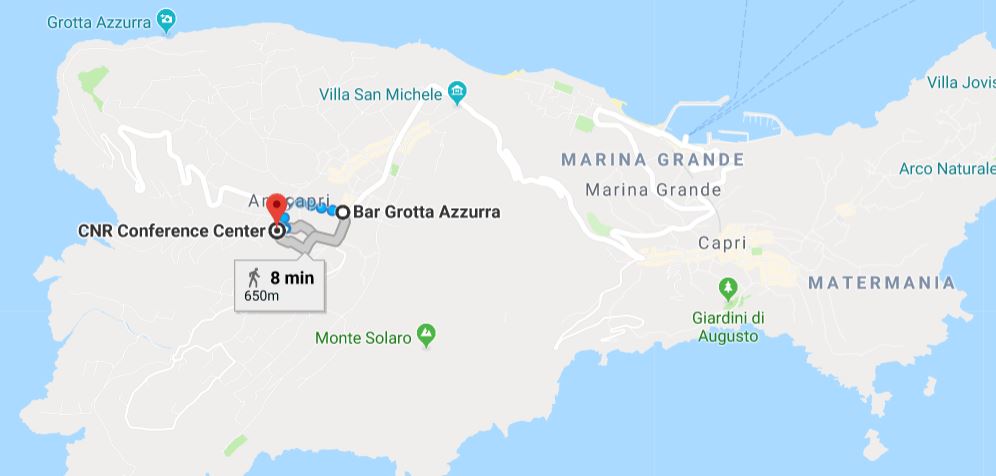
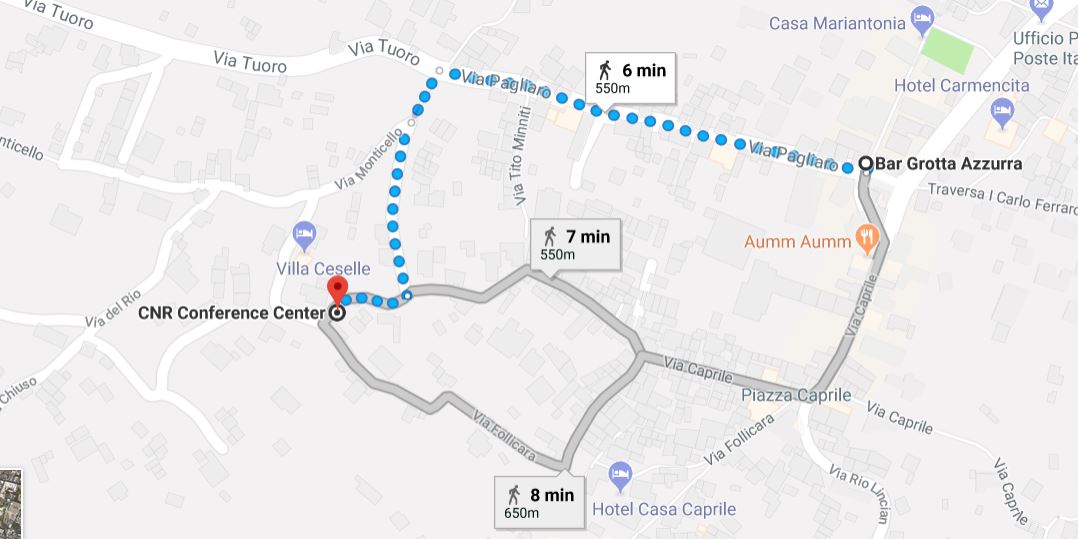
Sponsoring
EOS offers versatile options for companies and institutions for great visibility before, during, and after the topical meeting. In addition to several sponsoring items, donations for pens, writing pads and lanyards are also welcomed. See the list of suggested sponsoring items here.
Local Organizing Committee
- Carlo Forestiere (University of Naples Federico II), Silvia Romano (IMM-CNR)
